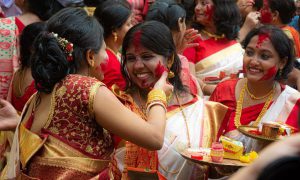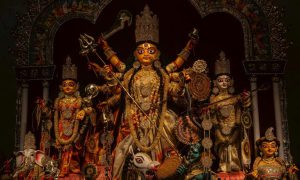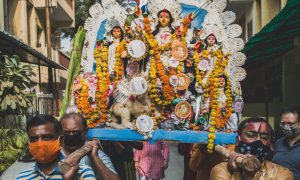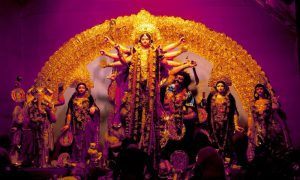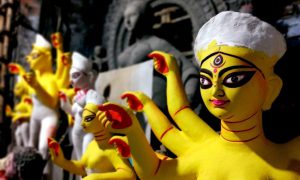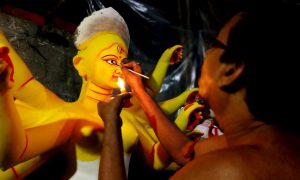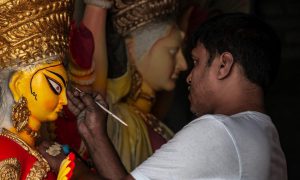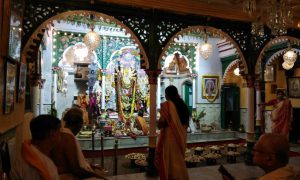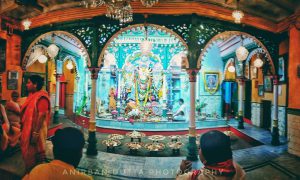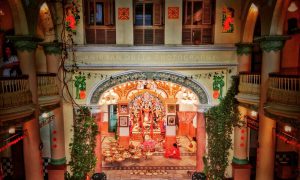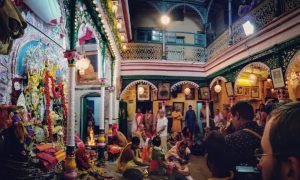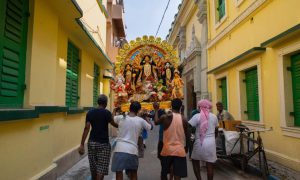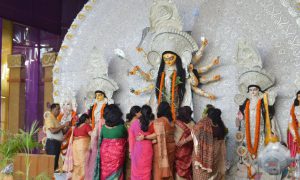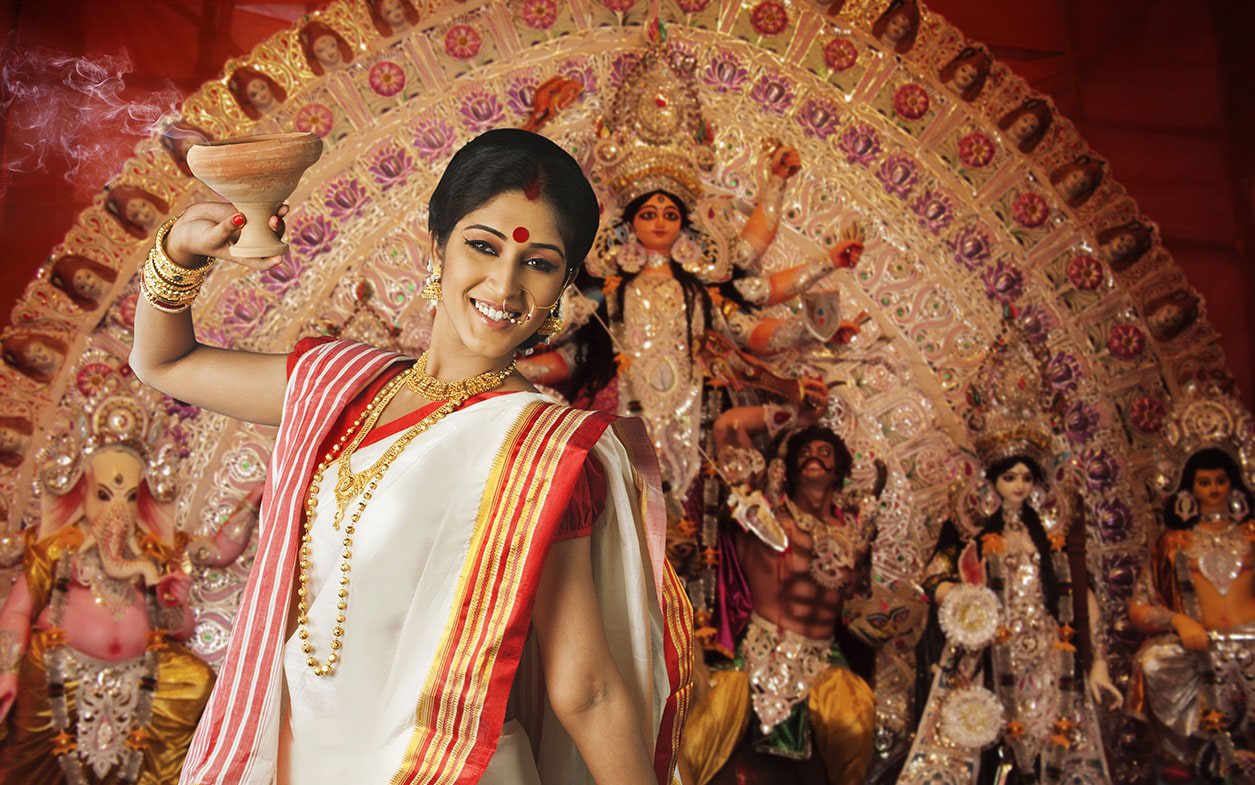
art of travel
What’s New
The Latest Product Updates from India
Compiled by Soma Paul, Product Manager, Destination Knowledge Centre
STAYS TO WATCH OUT FOR
New Hotels
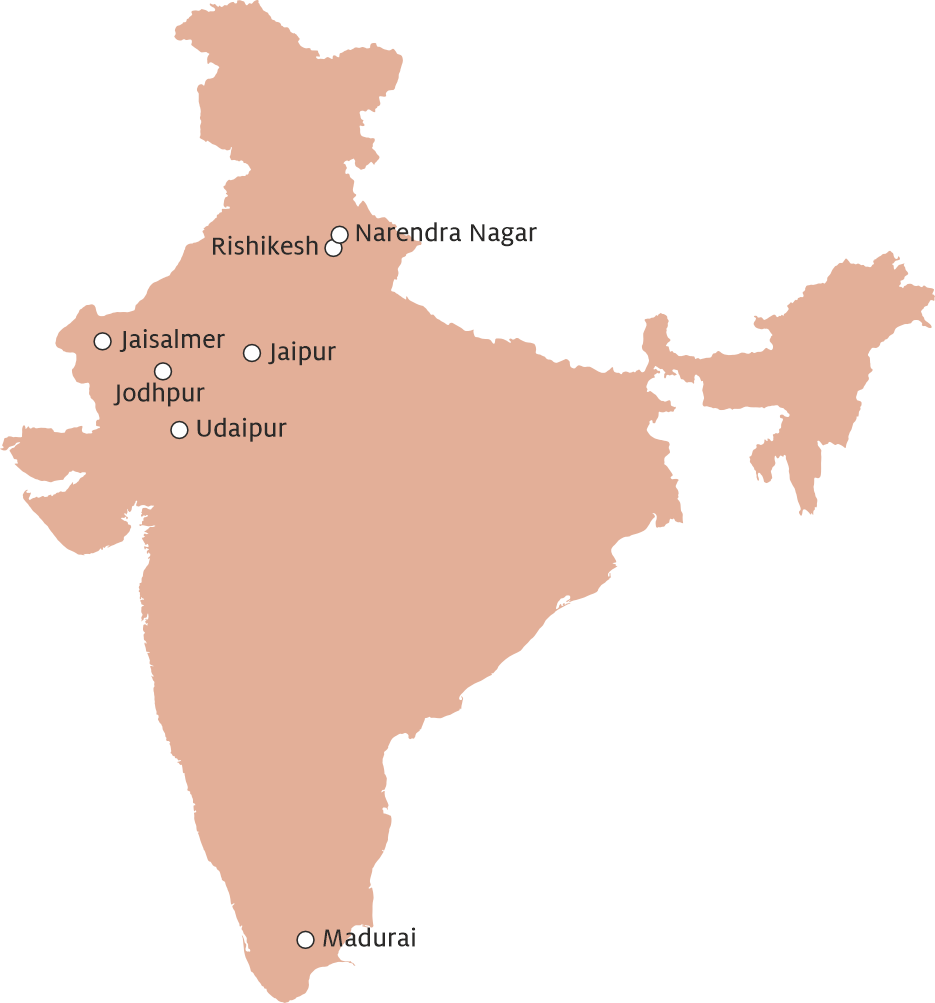
- The Foresterie, Rishikesh, Uttarakhand
- Kinwani House, Narendra Nagar, Uttarakhand
- Rupal Residency, Jaisalmer, Rajasthan
- Guulab Haveli, Jaisalmer, Rajasthan
- Surpura Bagh, Jodhpur, Rajasthan
- Novotel Jaipur Convention Centre, Jaipur, Rajasthan
- Ginger Udaipur Shastri Circle, Udaipur, Rajasthan
- Grand Madurai by GRT, Madurai, Tamil Nadu
We Are Excited About
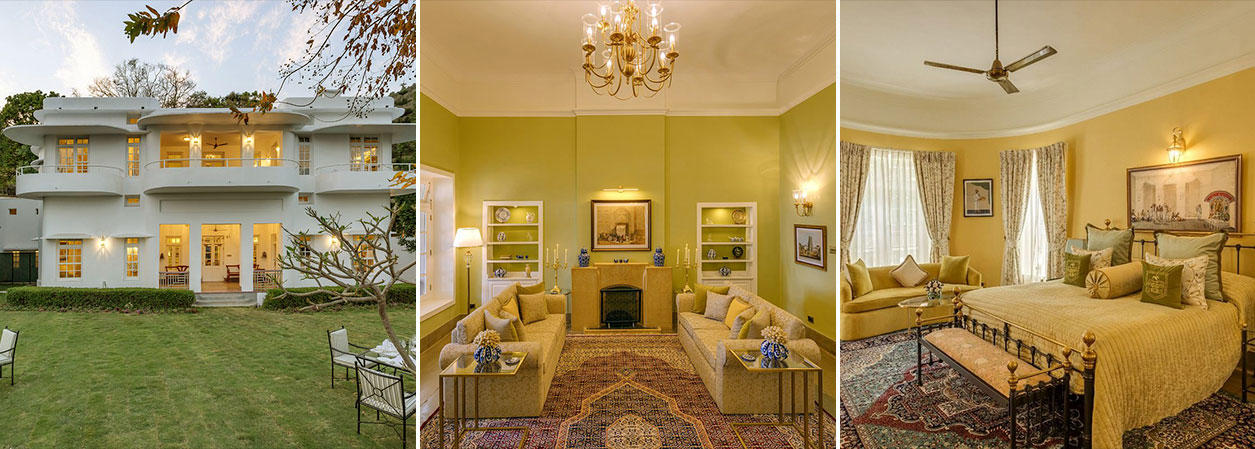
Kinwani House, Narendra Nagar, Uttarakhand
Kinwani House is a charming Art Deco boutique property tucked away in the foothills of the Himalayas. Originally the private residence of a member of the Tehri-Garhwal royal family, this architectural gem was built in 1954. The property features six luxurious suites, each with stunning views of the peaceful valley and majestic mountains. Guests can enjoy a tailor-made culinary experience with a menu created by the chef, have a cosy evening under the stars or sip on special cocktails by candlelight, and dive into a range of unique experiences that capture the spirit of this tranquil retreat. Kinwani House is about a 45-minute drive from Dehradun Airport and 35 minutes from the new Rishikesh Railway Station.
Write to your relationship manager for more details.
EXPERIENCES TO WATCH OUT FOR
New Experiences
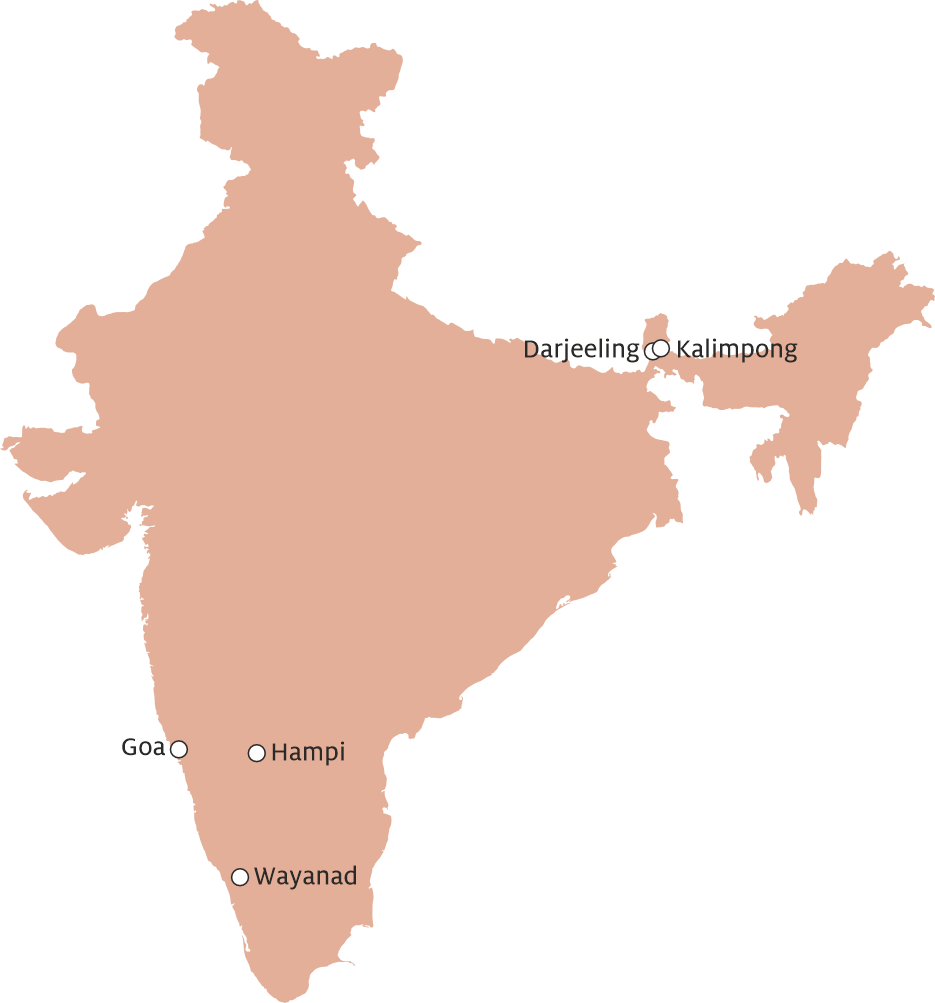
- Cultural Shock, Darjeeling, West Bengal
- Refuge and Reawakening, Kalimpong, West Bengal
- Life of Pao, Goa
- Hampi by Night, Hampi, Karnataka
- Tea, Mountains and Water, Wayanad, Kerala
We Are Excited About
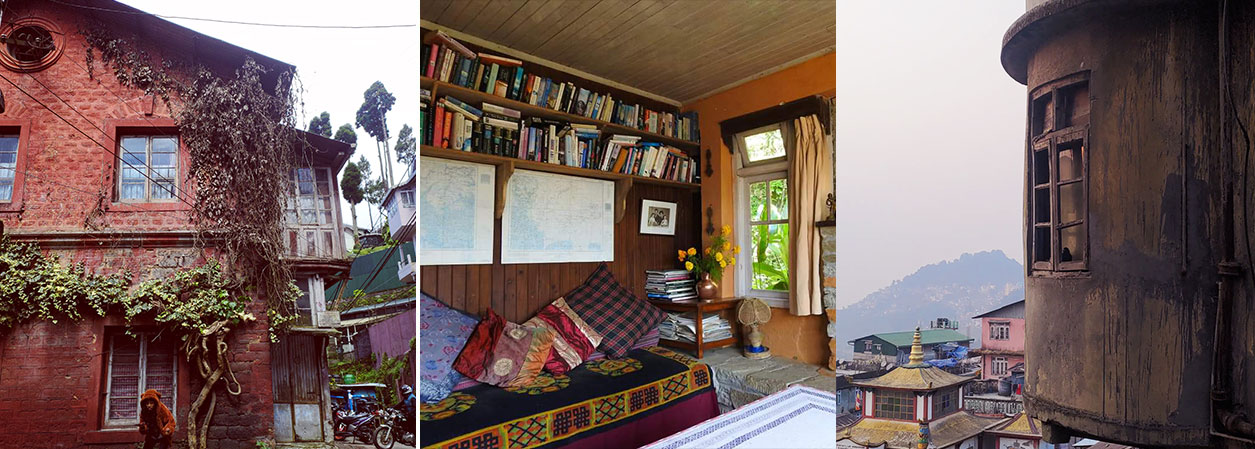
Cultural Shock, Darjeeling, West Bengal
Cultural Shock celebrates pluralism in Darjeeling and aims to revitalise the dying and endangered traditions unique to both the indigenous and migrant communities living in the hills.
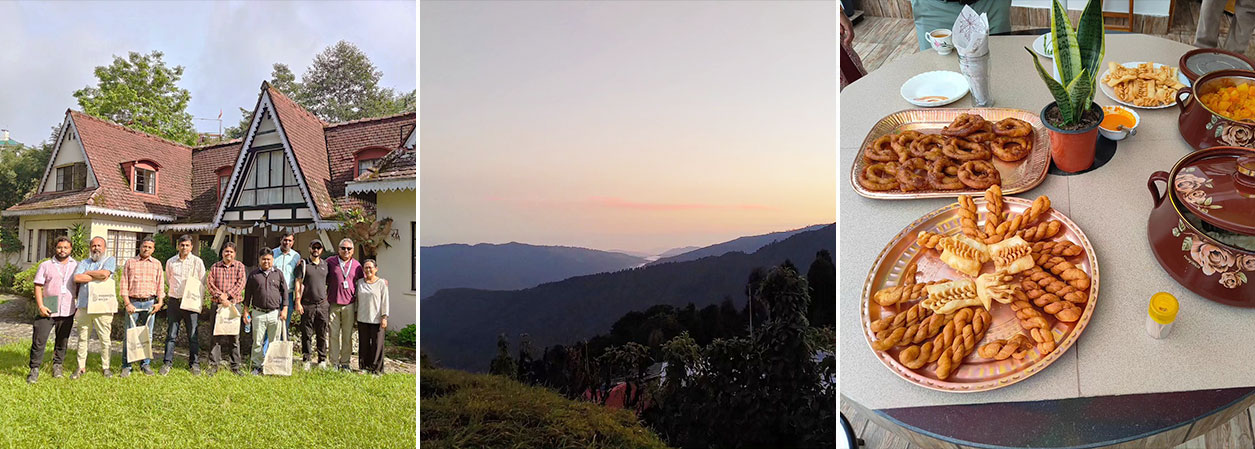
Refuge and Reawakening, Kalimpong, West Bengal
Refuge and Reawakening uncovers the enduring friendship between two legends, Tagore and Dr. Graham, through incredible stories. Learn about extraordinary expeditions, exiles, and spies as you stroll from Tagore’s House to Dr. Graham’s Home in Kalimpong.
Write to your relationship manager for more details.
ITINERARY OF THE MONTH
A Journey Through Time and Tradition
Kolkata – Rajbari Bawali – Kolkata
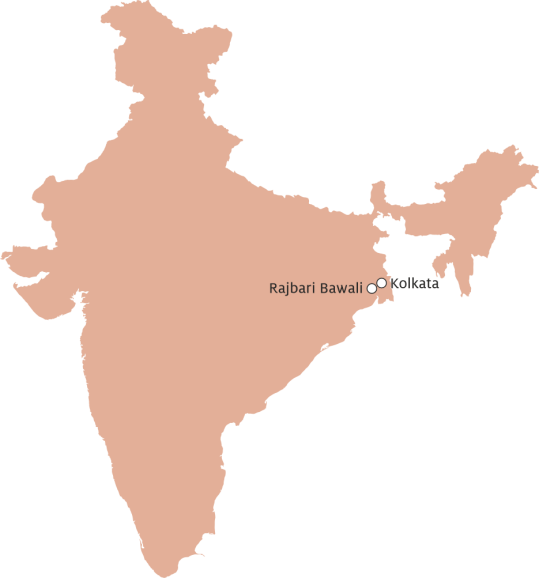
Highlights of the Tour
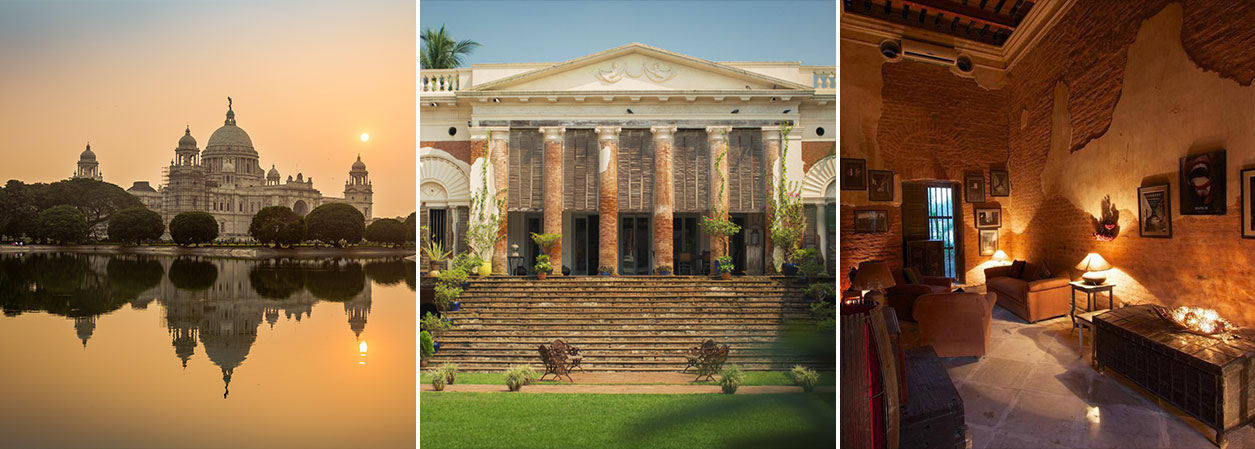
- Living History: Staying at the Rajbari Bawali feels like stepping back in time. The beautifully restored spaces immerse guests in Bengal’s rich history and the legacy of the Zamindars, the powerful landowning aristocrats of Bengal, who once ruled over vast estates in the region.
- A Taste of Bengal: The Zamindari Thali at Rajbari Bawali is more than a meal—it’s a deep dive into Bengal’s culinary heritage. From the bold mustard flavours of Kochu Pata Chingri (taro leaves cooked with prawns – a quintessential dish from East Bengal, now Bangladesh), to Kosha Mangsho (an iconic Bengali delicacy with melt-in-the-mouth mutton pieces) and unique vegetarian dishes like Dhokar Dalna (fried lentil cakes- the health loaded gem of Bengal’s widow cuisine), each bite is packed with tradition and culture.
- Evening Aarti and Bengal’s Traditions: The evening Aarti and cultural performance go beyond entertainment. It’s a spiritual and cultural connection that brings guests closer to Bengal’s roots, with rituals that leave a lasting impression.
- The Shakti Experience: With the energy of an all women entourage of Dhunuchi dancers and Dhaak drummers, the Shakti Experience at Rajbari Bawali is a powerful celebration of the divine feminine energy. Mesmerising, to say the least (only for groups)
- Village Life and Craftsmanship: The guided village walk provides an intimate glimpse into the daily lives of local communities, revealing traditional crafts and the simplicity of rural life. It grounds you in the enduring, living heritage of the locals
Write to your relationship manager for the detailed 3 night itinerary
NEW UPDATES
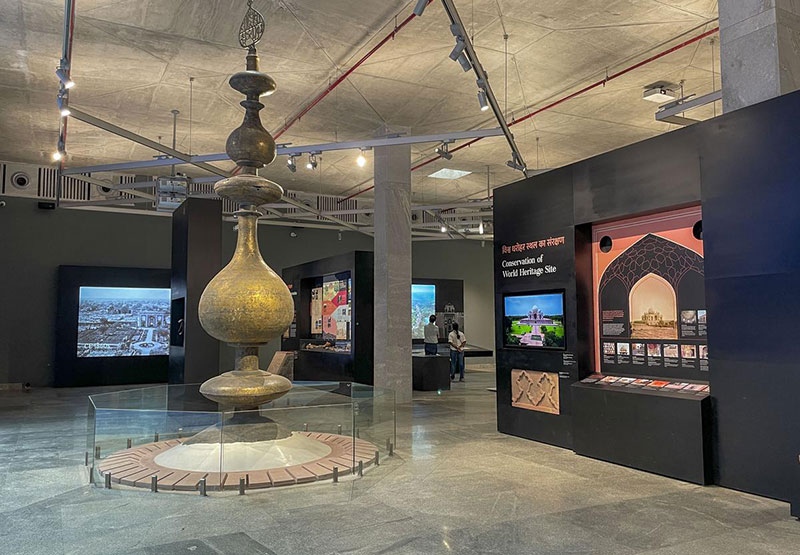
The newly launched Humayun World Heritage Site Museum in Delhi
Delhi has a new hidden gem, located next to the iconic Humayun’s Tomb. Launched on July 29, 2024, the Humayun World Heritage Site Museum is a great way to understand the cultural significance of one of the city’s most notable Mughal-era monuments. Inspired by the ancient wisdom of Indian stepwells, this underground museum is a joint effort between the Aga Khan Trust for Culture and the Archaeological Survey of India.
The museum combines contemporary design with historical depth, taking you on a journey to witness the grandeur and legacy of the Mughals from a fresh perspective. Intricate details, painstakingly recreated—from the canopy of Hazrat Nizamuddin’s shrine to the delicate jali work of Humayun’s tomb itself—come to life in a way that ignites the imagination.

New Vande Bharat Train
Vande Bharat now offers a new route from Udaipur to Agra Fort three times a week (Monday, Thursday, and Saturday). The route includes stops at key destinations such as Kota and Sawai Madhopur (for Ranthambore National Park), making travel between Agra and Sawai Madhopur, as well as the return journey, more convenient.
Write to your relationship manager for more details.
Embracing the Seasons
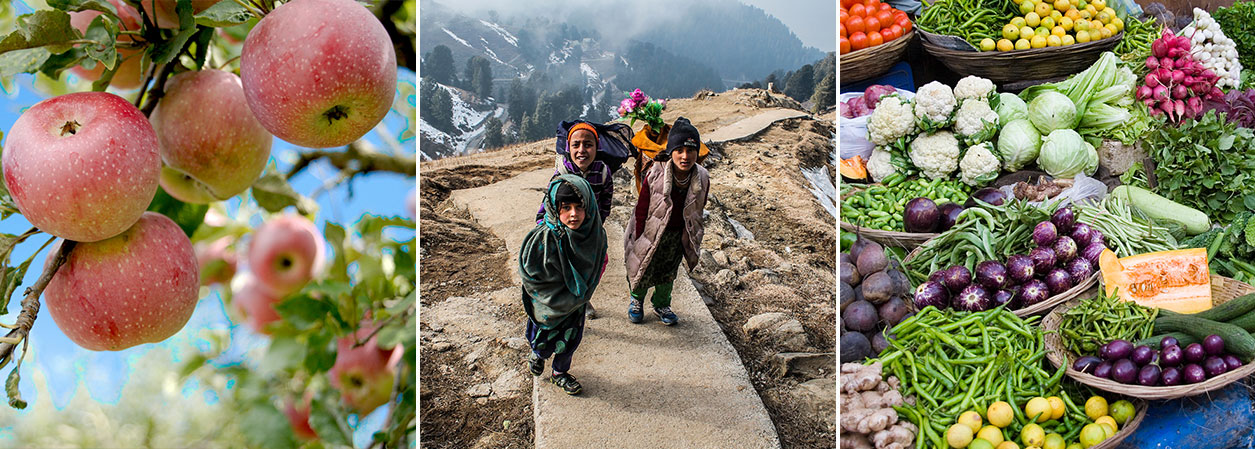
Crafting Itineraries That Celebrate Nature’s Rhythms
By Dipak Deva, Managing Director, Travel Corporation India Ltd
One aspect we often overlook in our itineraries is the natural rhythm of changing seasons throughout the year. These seasonal transitions occur quietly, yet they profoundly impact our environment, moods, and daily routines. Spring brings renewal and growth, inspiring a fresh start. Summer’s long, warm days energise us and shape our social lives. Autumn invites reflection and preparation as temperatures cool and days shorten. Winter ushers in stillness and introspection, encouraging us to appreciate quieter moments.
To help our guests experience the rhythm of the seasons and to appreciate their understated elegance, consider including activities that celebrate each season
Here are a few recommendations:
Seasonal Activities: Tailor experiences that highlight the unique character of each season. For example, consider a winter hike to immerse guests in the crisp air and tranquil landscapes, or a visit to a local farm for fruit and vegetable picking. These activities provide an authentic connection to the season’s offerings and can enhance the travel experience when included in itineraries.
Nature Walks: Include regular nature walks in your itineraries. Observing the changes in flora and fauna that each season brings fosters a direct and enriching connection to the natural world. This rewarding addition in itineraries allows guests to gain a deeper appreciation of their surroundings.
Seasonal Eating: Provide opportunities for guests to enjoy seasonal produce. When we include what the season has to offer on the plate, guests can experience the freshest and most flavourful dishes while supporting local farmers. Highlighting these options in itineraries enhances the culinary experience for guests.
Mindful Observation: Encourage mindfulness in itineraries by allowing guests to observe the gradual changes in their environment. For instance, include sunrise or sunset walks to experience the shifting light and tranquil beauty of these times of day. Arrange nature trails that highlight seasonal transformations, such as blooming wildflowers in spring. Scenic drives through areas renowned for their seasonal beauty, visits to local markets showcasing seasonal produce, and outdoor yoga or meditation sessions in picturesque settings can all make a deeper connection with the rhythm of the natural world and its changing seasons possible.
Let’s aim to create thoughtfully designed itineraries that delight our guests, inviting them to forge genuine connections with the destination while enhancing our roles as mindful curators of their experiences.
Stories from India
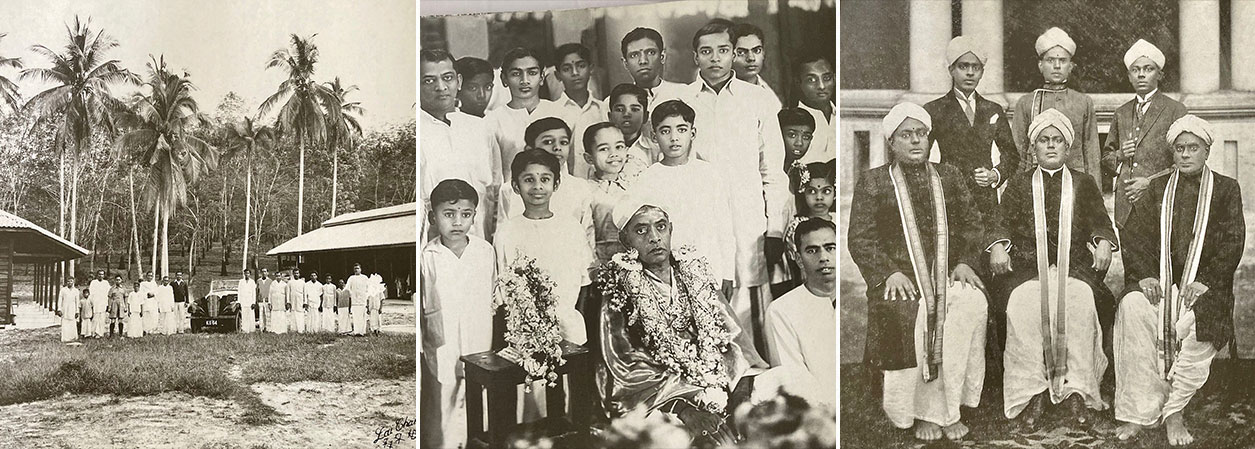
The Chettiyars of Chettinad
From the Research Hub of the Destination Knowledge Centre
The grand, quirky, kitschy, and opulent homes of the Chettiyars in the Chettinad region of Tamil Nadu still weave a magical spell, evoking the fabled past of this sharp business community.
ONE OF INDIA’S MOST AFFLUENT MERCHANTS: The low-profile and unassuming Chettiyars were some of India’s most affluent merchants from the mid-1700s to the late 1940s, driving the economies of many Southeast Asian countries. From trading to manufacturing, banking, fertilisers, films, plantations, and real estate, the Chettiyars quietly left their mark on a wide range of industries.
The business acumen of the close-knit Chettiyars attracted the attention of the British Raj, who appointed them as compradors in Burma (now Myanmar), with whom they were already engaged in salt trading. Soon, the Chettiyars owned one-third of all rice fields in Myanmar, and there was no looking back. They began trading with other Southeast Asian countries and powered the economies of Malaysia, Singapore, and Ceylon (now Sri Lanka), dealing in pearls, textiles, rice, cotton, and other commodities. By the early 19th century, the Chettiyars ventured into money lending and even functioned as long-distance bankers for European traders. In fact, the Chettiyars pioneered organised banking in India. The Indian Overseas Bank, Indian Bank, Bank of Madura, and United India Insurance, as well as the present-day Life Insurance Corporation of India (LIC), were all started by this enterprising community.
CHETTIYAR HOMES: Between the mid-19th century and early 20th century, the Chettiyars built grand, quirky, kitschy, and opulent homes in the Chettinad region. These houses were constructed when joint families were the norm and featured several courtyards with rooms overlooking them. From materials—such as Burma teak, Italian marble and Bohemian glass—to architectural styles, which combined Victorian, Art Deco, and the vernacular, the Chettiyars brought back everything they encountered during their travels around the world to the sleepy town of Chettinad. The result was ostentatious homes, the likes of which Tamil Nadu had never seen before.
CHETTIYAR FOOD: There is an old Tamil saying, “One is lucky to eat like the Chettiyars,” and what the Chettiyars eat is a genre unto itself. It is impossible to bracket Chettinad cuisine due to the sheer variety of its recipes, ingredients, and cooking methods. While Chettiyar recipes feature sun-dried vegetables, which is something more commonly seen in Rajasthani cuisine and unique to South India, one is equally surprised by the exceptional seafood dishes, given that Chettinad is located inland, far from the ocean. This is a reminder that although Chettinad is one of the driest regions of Tamil Nadu, the Chettiyars were maritime traders. They brought many Southeast Asian influences into their kitchens, resulting in subtle flavours that don’t overwhelm despite the use of heady spices, the composition of which remains a closely guarded secret. Unlike popular perception of South Indian cuisine, coconut is sparingly used. The Chettiyars rely on shallots to add body and sweetness to their gravies, and tomatoes are a very recent addition. Interestingly, a traditional Chettiyar meal always consists of odd-numbered courses and dishes, except for breakfast, which features a staggering 16-course meal. Desserts are almost non-existent in Chettinad cuisine. Another interesting fact is that the Chettiyars were originally vegetarians, and only after moving to the dry Chettinad region, where cultivating vegetables was difficult, did they take to eating meat and fish.
CHETTIYAR WEDDINGS: Marriages among the Chettiyars are traditionally arranged within the 72 villages of the Chettinad region. It is not surprising, therefore, that all Chettiyars are related, and marriages between first cousins are common. In fact, the first choice for an eligible groom is usually a first cousin. Chettiyar weddings are elaborate, rich in customs, and known for their flamboyant display of gold jewellery adorned with diamonds, rubies, and emeralds, as well as expensive silk saris. Weddings are also an occasion for some of the best Chettinad cuisine to be served.
DOWNFALL OF THE CHETTIYARS: The Great Depression of the 1930s and the Japanese invasion of Burma during World War II led to the downfall of the Chettiyars. Their once opulent homes in Chettinad are now a pale shadow of their former selves. Some have been dismantled for their valuable materials, others languish under caretakers with the families no longer residing there, and a few have been reinvented as hotels. Yet, the remnants of the past are solidly visible in Chettinad, offering visitors a glimpse into a once-glorious life that still captivates today.
Write to your relationship manager for more details on the Chettinad region and how it can be included in a Tamil Nadu itinerary.
Sustainability and Us
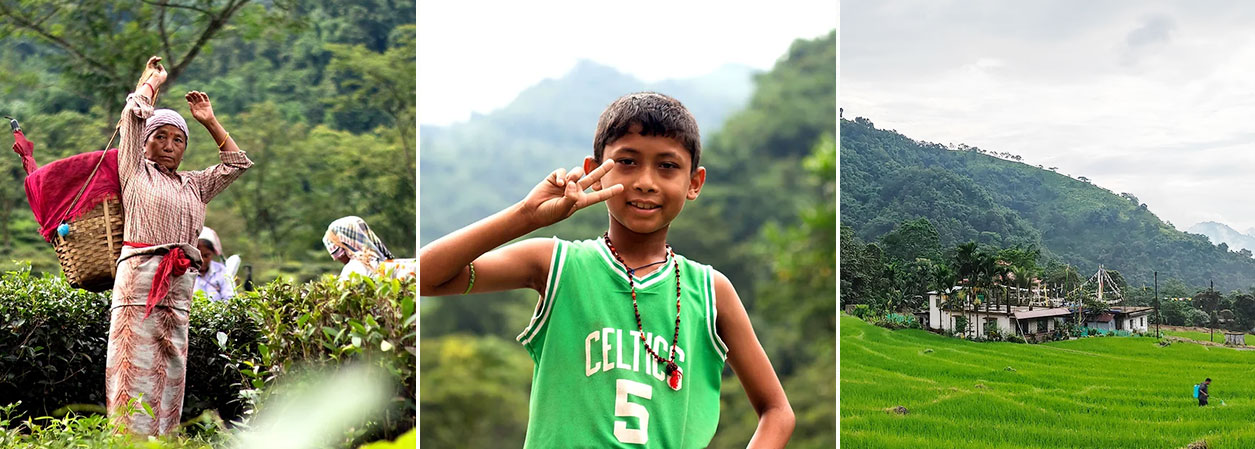
Manjushree Garden, Kurseong, West Bengal
Sustainable Tourism Project to Watch Out For
Manjushree Garden is an innovative eco-tourism project situated an hour’s drive from Taj Chia Kutir in Kurseong, West Bengal. Designed to harmoniously blend sustainability, cultural preservation, and immersive experiences, it was initially discovered as a potential film location. Manjushree Garden aims to foster sustainable tourism by offering guests opportunities to experience eco-conscious living first-hand. Central to the project is the Eco-School, which promotes non-academic education focused on sustainable living and traditional farming practices. The village itself serves as a model of renewable energy, eco-friendly architecture, and minimal environmental impact, with structures built from locally sourced materials and incorporating rainwater harvesting systems. Manjushree Garden’s ultimate vision is to inspire other Himalayan villages to adopt similar eco-friendly practices, creating a regional network of villages committed to sustainable tourism.
Explore
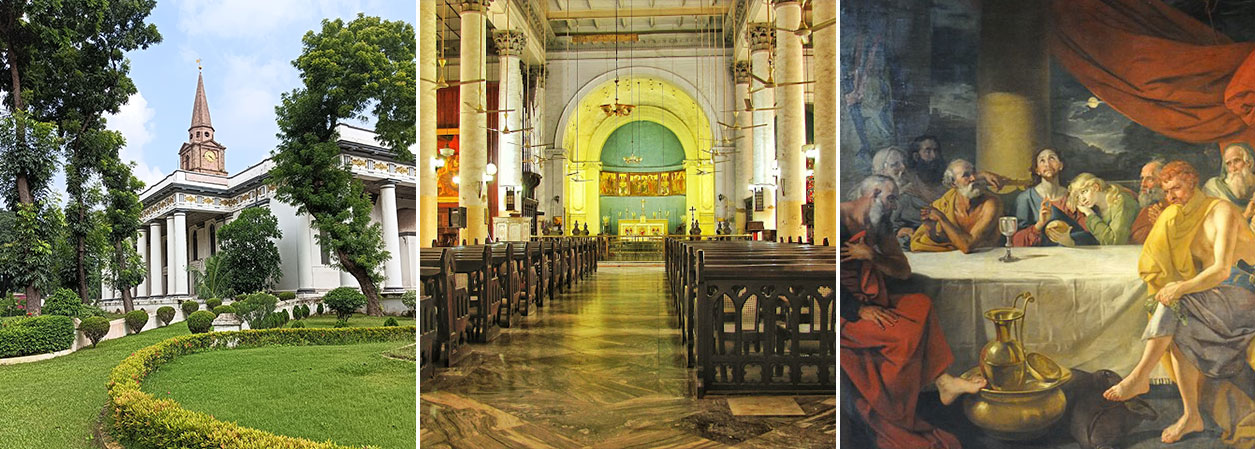
St John’s Church, Kolkata
If you’re a history buff with time for only one monument in Kolkata, the St John’s Church should top your list.
Excerpts From the Kolkata Report of the Bridge the Knowledge Gap Study Tour 2024
Where Job Charnock, the founder of Kolkata, and Begum Johnson, the oldest British resident in Bengal, are buried, St John’s Church offers a fascinating glimpse into Kolkata’s colonial past. It also bears witness to the political intrigues of Warren Hastings, the first Governor General of British India, making it a key location for understanding the city’s complex history.
WHAT TO SEE:
Outside the Church:
The Black Hole of Calcutta Memorial: Collective Memory and Narratives
During our visit to the Black Hole of Calcutta Memorial, we felt a deep sense of intrigue and contemplation. The monument stands as a reminder of the tragic events of 1757, when Bengal Nawab Siraj-ud-Daulah sacked Fort William, and English prisoners were allegedly confined in a small room, resulting in many deaths that ultimately led to the Battle of Plassey. While the details remain disputed, the story has become became part of colonial folklore. The memorial was relocated to St. John’s Church at the height of the freedom movement in the 1940s. Standing there, we felt drawn to reflect on how this event shaped collective memory and how history is preserved through narratives and monuments.
Rohit from the study group quipped “Surely, Robert Clive fudged the number of deaths to justify going to war against the Nawab of Bengal, who was really getting in the way of the British East India Company’s ambitions.” This is something we will never know. But Rohit had a valid point. While the English claimed that 146 prisoners were squeezed into a small room where many died of suffocation and only 23 survived, the memorial lists just 43 dead. However, there is no denying that Nawab Siraj-ud-Daulah was a cruel, hot-tempered, and rash ruler, just as Robert Clive was cunning and morally questionable.
Job Charnock’s Tomb: The man who defied the norms of his time
After being introduced to Job Charnok (1630–1692/1693) in the theory class in Gurgaon, we couldn’t wait to know more about him when we landed in Kolkata; a man whose legacy is as debated as it is fascinating. Though his role as the founder of Calcutta is disputed, what struck us most was the quirky, almost eccentric life he led in India. Charnock, who married an Indian woman and adopted her customs, seemed to have embraced the local culture in a way that puzzled his peers. One of them, Alexander Hamilton, criticised him for allowing his wife to convert him instead of the other way around. Hamilton even mentioned how Charnock would annually sacrifice a cock on her tomb, a practice that seemed far removed from his Christian roots.
Standing at his mausoleum, one of the oldest structures in Kolkata, we felt a strong sense of connection to the layers of history. The tombstone, made from Charnockite—a rock named after him—sparked our curiosity. It felt like we were peering into the life of a man who defied the norms of his time, blending cultures in a way that still resonates in Kolkata’s composite culture today.
Begum Johnson’s Tomb: The woman who loved India more than England
The remarkable Begum Johnson (1725-1812) is buried close to Charnock. She was such a prominent figure in Kolkata that, despite the graveyard being closed in 1767, the gates were reopened in 1812 just to fulfil her wish of being buried there, with the Governor General himself in attendance. When we discovered that Begum Johnson lived to the age of 87, marrying four times and outliving all her husbands, we were fascinated. In a time when surviving just three monsoons in Calcutta was a challenge, her longevity felt almost miraculous. And then our Guide pointed out – she was born in Madras (now Chennai). Did her early life in India give her a stronger immune system which made her more resilient than those who came directly from England and struggled in Calcutta? Maybe. Maybe not.
By the age of 24, she had been widowed twice. Her third marriage was to William Watts, whose legacy extended to one of their grandchildren becoming a UK Prime Minister. Watts was a close associate of Robert Clive and played a crucial role as the key negotiator with Mir Jafar, who betrayed Nawab Siraj-ud-Daulah and handed the Battle of Plassey to the British East India Company.
Frances’ fourth marriage was to the energetic, Oxford-educated Reverend William Johnson, during which she was given the title “Begum”. The reasons for this title are not entirely known, but it may have been influenced by the coming together of British and Muslim traditions at the time. In Islam, men are permitted to marry up to four times, and this aspect of Muslim culture might have contributed to her being conferred the title. Later when the Reverend wished to return to England, they reached an unusual agreement: she paid him an annuity on the condition that he leave Calcutta for England without her and never return. This arrangement cleverly avoided the complications of divorce—an unthinkable option for a clergyman—while allowing both to go their separate ways.
Standing at her grave in St. John’s Church, we were struck with awe at the resilience and independence of a woman who lived her life entirely on her own terms in an era that rarely allowed it. Considering all she must have witnessed through her four marriages and long life, spanning from the Battle of Plassey to Kolkata’s transformation over the decades—her journey must have been truly extraordinary.
Her epitaph reads: “the oldest British resident in Bengal; universally beloved, respected and revered”.
Inside the Church:
Last Supper by Johann Zoffany: One of the most controversial colonial era paintings
Inside the St. John’s Church, we were captivated by German neoclassical painter Johan Zoffany’s The Last Supper—a painting that sparked significant controversy and even resulted in a court case. Completed in 1787, Zoffany stirred the city by using portraits of prominent European merchants as the apostles and controversially depicting St. John and Judas. St. John, modelled after W.C. Blaquerie, a disliked yet effective police magistrate known for his feminine looks and unconventional methods, was met with disdain. The portrayal of Judas, possibly modelled after either auctioneer William Tulloh or East India Company employee Mr. Paull, both of whom had public spats with Zoffany, further fueled the uproar leading to a court case.
Standing before the painting, we couldn’t help but feel the palpable tension of those times, reflecting on how art can both mirror and provoke the society it depicts.
Stories of the wall plaques: The Tragic, Curious, and Mysterious
As we explored the memorials on the walls of St. John’s Church in Kolkata, we saw tributes to past army generals, Bengal Civil Service members, and everyday worshippers. Among them, a few stories stood out. We paused at the tablet of George Cracroft Aubert, who tragically died at 25 after being struck by lightning while riding home during a storm in 1843. Equally intriguing was the memorial to Andrew Stirling, who passed away at 36 in 1830, having served in the shadowy “Secret and Political Department.” His role made us wonder about the mysterious tasks he might have undertaken during his career.
Warren Hastings’s Office at St. John’s Church: Political Intrigue and Conspiracies
Our guide took us to the vestry (where the priest’s ceremonial robes are kept) at St. John’s Church, once Governor General Warren Hastings’s office, instantly reminding us of the political intrigues and conspiracies that was shared during our theory class in Gurgaon.
Looking at the wood-panelled walls, the octagonal table, and the portraits, we found ourselves imagining the intense political drama that must have unfolded here—Hastings’s fierce battles with his own council, where he famously secured each member’s loyalty for £100,000 apiece – his pistol duel with arch rival Phillip Francis, and the silencing of James Hickey, the outspoken critic and journalist of Bengal Gazette who dared to challenge him. The episode of Maharaja Nandkumar, who accused Hastings of bribery and was swiftly tried and hanged by Hastings’s ally, Sir Elijah Impey—the then Chief Justice of the Supreme Court, who received major bridge contracts in return for the favour done —also crossed our minds.
Read before you go to St John’s Church: “Doolally Sahib and the Black Zamindar” by MJ Akbar
“Doolally Sahib and the Black Zamindar” by MJ Akbar offer a biting and often humorous look at the racial relations between Indians and their British colonisers. In July 1765, Robert Clive called Calcutta “one of the most wicked places in the Universe,” a reflection of the deep-seated white superiority of the time. The book uses letters, memoirs, and journals to uncover this prejudice, including amusing anecdotes like a British bureaucrat who wrote an entire book to vent his frustrations with his Indian servants. The book exposes the devastating effects of British policies while also showcasing extraordinary individuals who defied these prejudices. The British’s consistent military dominance is contrasted with the native’s clever, often humorous resistance, showing a complex interplay of imitation, adaptation, and parallel lives.
Good to know:
- St John’s Church is open on all days, 10:00 to 16:00 hrs.
- Toilet facilities available.
- Ample parking available within the church grounds.
Bridge the Knowledge Gap is an annual summer training programme that the Destination Knowledge Centre (DKC) has been organising since 2017. It aims to empower, educate, and share the collective knowledge of the DKC with the Tour Operations staff. The programme consists of a five-day in-depth classroom session in our Gurgaon office followed by a two-week on-ground study tour, ensuring that participants not only learn about destinations but also experience them first-hand.
Inspiration
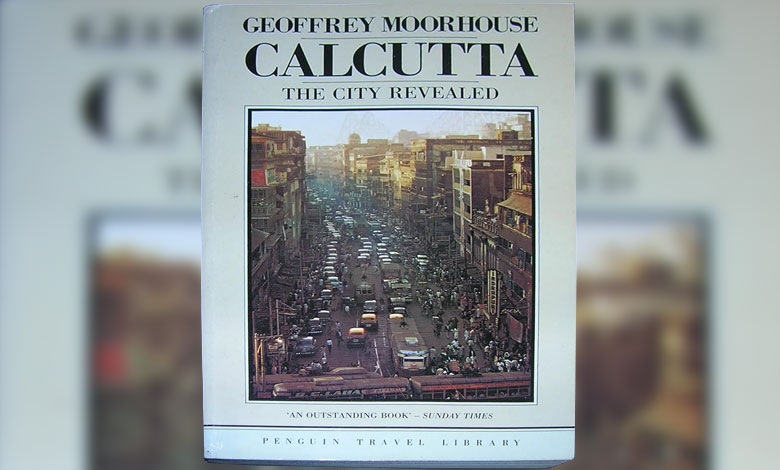
Calcutta: The City Revealed by Geoffrey Moorhouse
Book Review by Bene Eapen
Title of the Book: Calcutta: The City Revealed
Name of the Author: Geoffrey Moorhouse
Central Idea of the Book: The book paints a vivid and nuanced portrait of Kolkata, exploring its multifaceted identity through a mix of history, culture, and everyday life. Moorhouse delves into the city’s colonial legacy and the challenges it continues to face, presenting Kolkata as a place of striking contrasts.
My View: Moorhouse skillfully weaves together personal reflections and historical analysis, bringing Kolkata’s distinctive character and resilience to the forefront. While the book vividly portrays the city’s energy and enduring complexities, it occasionally romanticises its colonial heritage. Nevertheless, Moorhouse offers a compelling and insightful exploration of Kolkata, revealing a city shaped by its contradictions and vitality.
My Rating: Good Read
Festival to Watch Out For
Durga Puja, Kolkata, West Bengal
October 9 – 13, 2024
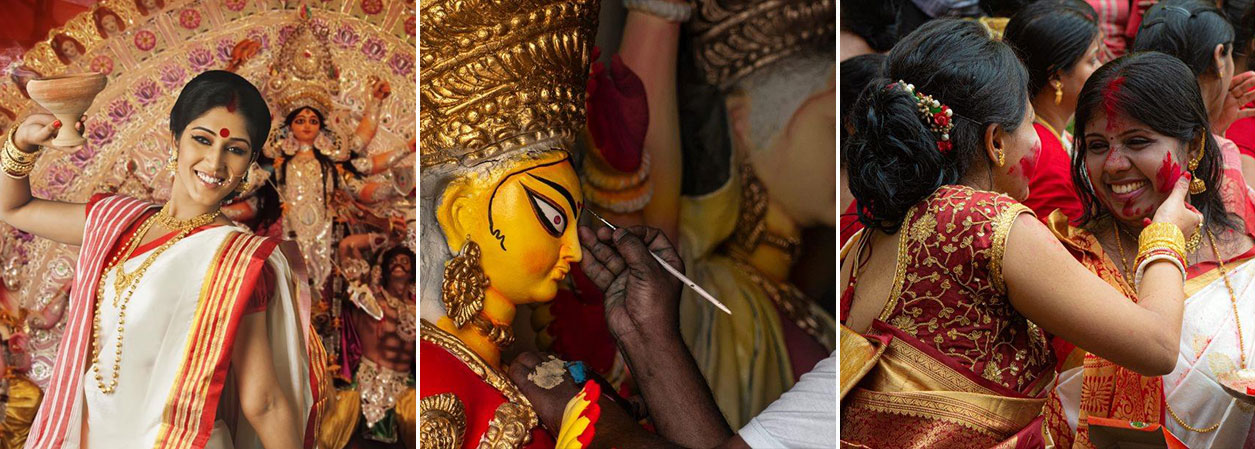
One of the most significant festivals in India, Durga Puja is a fortnight-long celebration where Shakti, the divine feminine of Hinduism, is worshipped. The festival is particularly fascinating in Kolkata, which has been inscribed on the UNESCO Intangible Cultural Heritage of Humanity list. In Kolkata, Durga Puja is all about exquisite idols of Goddess Durga, extravagant thematic pandals (temporary stages), rituals, dances, delicious food, huge crowds, and chants of “Bolo Maa Durga ki Joi” (Hail Mother Durga).
For Bengalis of Kolkata and elsewhere in India and the world, autumn signifies happiness as their “Ma” (mother) returns from her celestial abode with her children. Durga Puja involves meticulous planning—what to wear, where to go, whom to meet, what to eat, and what to cook. Nothing else matters. Women bring out their traditional jewellery and the finest saris, which otherwise remain tucked away in wardrobes. Here, Durga, the great slayer of demons, becomes a cherished figure—a beloved aunt, mother, daughter, and even a friend. The festival is marked by revelry and rituals for the annual homecoming, akin to the joyous reunion with a beloved relative.
Write to your relationship manager for the Durga Puja itinerary and a copy of our Festival Calendar (2024-25).
RESOURCES
SITE LINKS
CONTACT US
+ 91 (124) 4563000
Tower B, Delta Square, M.G. Road, Sector 25, Gurgaon - 122001, Haryana, National Capital Region of Delhi, India


